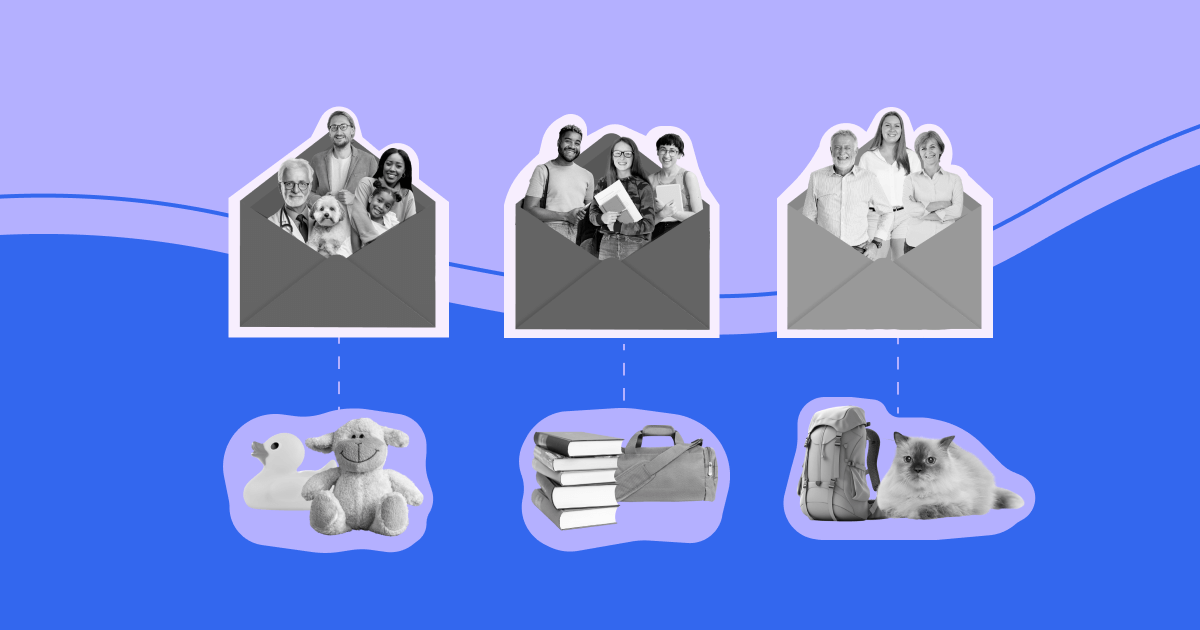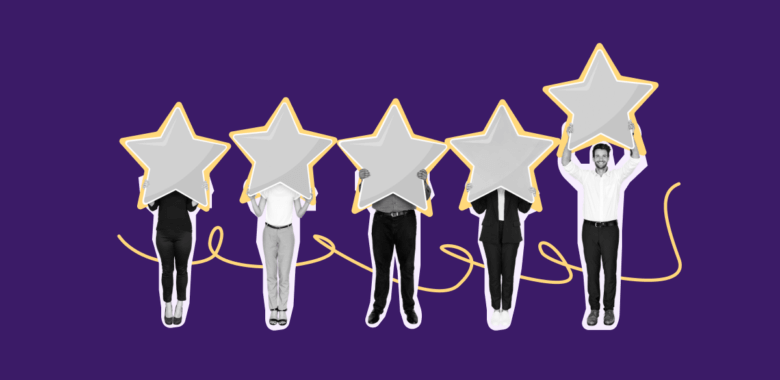A longer but potentially even more effective way is to analyze the customer data that accumulates on your customers over time. Eventually, you will be able to build an accurate customer persona and achieve a high degree of personalization in your offers.
Past purchase history
Purchase history is one of the major criteria for segmentation since this is the data marketers can obtain fairly easily by just tracking and analyzing sales. The audience gets divided based on their past buying behaviors and interactions with your products or services.
The segments can be as general or as specific as you need.
| Regular customers
First-time buyers |
vs. |
Customers who made purchases in the last three months following the link from the email
Customers who shop once a year around the spring holidays
Customers who buy only discounted products
Loyalty program members who buy anything that comes out in a specific product category
Customers who made their first purchase through a referral link
Customers who consistently make orders above a certain threshold |
Regular customers already know about your brand, so providing them with incentives like loyalty and referral programs or exclusive offers can help keep them engaged and make them more likely to purchase from you again. On the other hand, first-time buyers might not know much about your brand yet, so providing them with helpful content and resources can help them to become loyal customers.
The most effective email formats for more granular segments include upsells, personalized recommendations, and reminders to replenish their favorites.
Inactivity
Inactivity in the context of segmentation might imply either inactive subscribers or inactive customers.
Inactive or cold subscribers are those who haven’t opened or engaged with any of your emails for some time.
The period of inactivity sufficient to flag such subscribers may vary depending on factors like the frequency of your sendings and your pricing plan. ESPs usually have their own recommended period of inactivity. We at Selzy recommend experimenting with the periods of 3/6/9 months.
Since these people might potentially negatively impact your sender’s reputation, you should separate them from the main contact list and try to re-engage them. Otherwise, you risk your future messages ending up in the spam folder.
Another type of inactivity is the customers who bought from you before and then suddenly stopped. They might or might not be opening your emails. You can also try to win them back with a coupon or special offer based on their previous purchases or send them a survey asking why they stopped buying from you.
Sales funnel stage
The sales funnel stage is another segmentation criterion that can be fairly easily implemented when it comes to identifying segments and setting up sendings. The majority of today’s ESPs offer some kind of automation that moves subscribers from one segment to another and sends them the right type of content without your overwatching each sending.
The content specific to each stage and segment may consist of either a single email or a chain of emails. For example, you can send just one welcome message to new subscribers or prepare a full-fledged drip campaign with a focus on raising brand awareness leading up to their first purchase.
Naturally, the specifics would differ depending on your niche. For an e-commerce brand, a single welcome email might suffice, while a SaaS brand would need a proper onboarding chain and regular upsells.







































